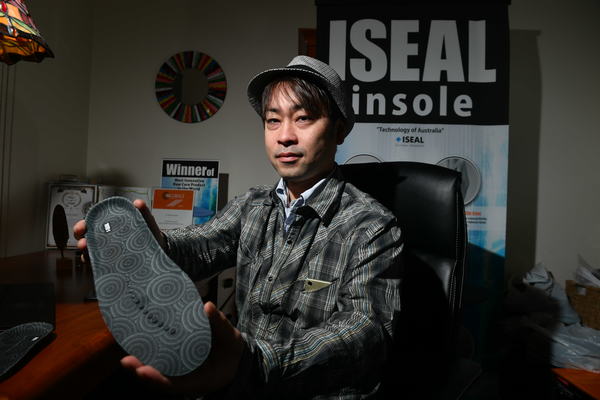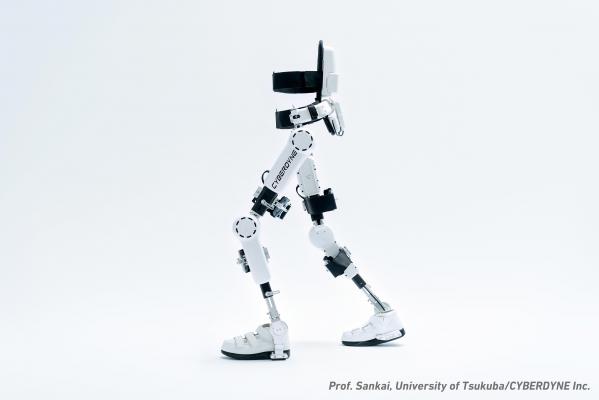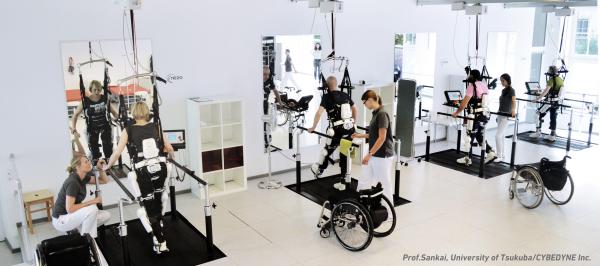
By Alesha Capone
Victoria University’s Dr Hanatsu Nagano is working with a cutting-edge Japanese robotics company on technology which can help people with a disability to regain some mobility.
Dr Nagano, a Tarneit resident, has received international awards for inventing the ISEAL shoe insoles, which help to prevent falls in elderly people.
Now he is working with Cyberdyne to introduce robot technology called the Hybrid Assistive Limb (HAL) into Australia.
Dr Nagano’s work with Cyberdyne (which, anecdotally is the name of a fictional robotics company in the Terminator films) is the result of a meeting with Cyberdyne chief executive Professor Yoshiyuki Sankai in Japan last year.
One version of the HAL system helps with leg function, and another is a full-body exoskeleton for the arms, legs and torso.
“HAL is the first wearable cyborg and an exoskeleton assistive device for people with movement disability,” Dr Nagano said.
“When people make movement, the central nervous system (for example, the brain or spinal cord) sends a command to muscles as a form of micro electricity.
“If nervous connection is damaged due to car accident, disease or injury, this command transportation can be disturbed.”
However, HAL senses these commands through a sensor attached to the skin of the wearer.
“HAL picks up this micro electricity and operates the external robotic device attached to the damaged limb,” Dr Nagano said.
“In another word, HAL understands people’s intention and assists them with reproducing the intended movement.”
In 2013, HAL received a European Commission certification for clinical use in Europe as the world’s first non-surgical medical treatment robot.
Dr Nagano said repetition of training to use a HAL device could help to reconnect a person’s damaged nervous system.
“This means people who have been on wheelchairs, have lost movement functions for a long time or have been bedridden for a while have the chance to start walking again,” he said.
“Although it depends on the severity of the damage, so many cases have been already reported that HAL can be useful in regaining motor functions.”
Dr Nagano said he would like to support a HAL training initiative within Australia and start HAL research at VU, with participants from the west, which has about 24,500 wheelchair users.
A Cyberdyne spokesperson said: “We are co-ordinating with Dr Nagano with his plan to introduce Japan’s cutting-edge HAL technology to Australia, working with University of Victoria as a base for its operation and training of HAL operators.”








